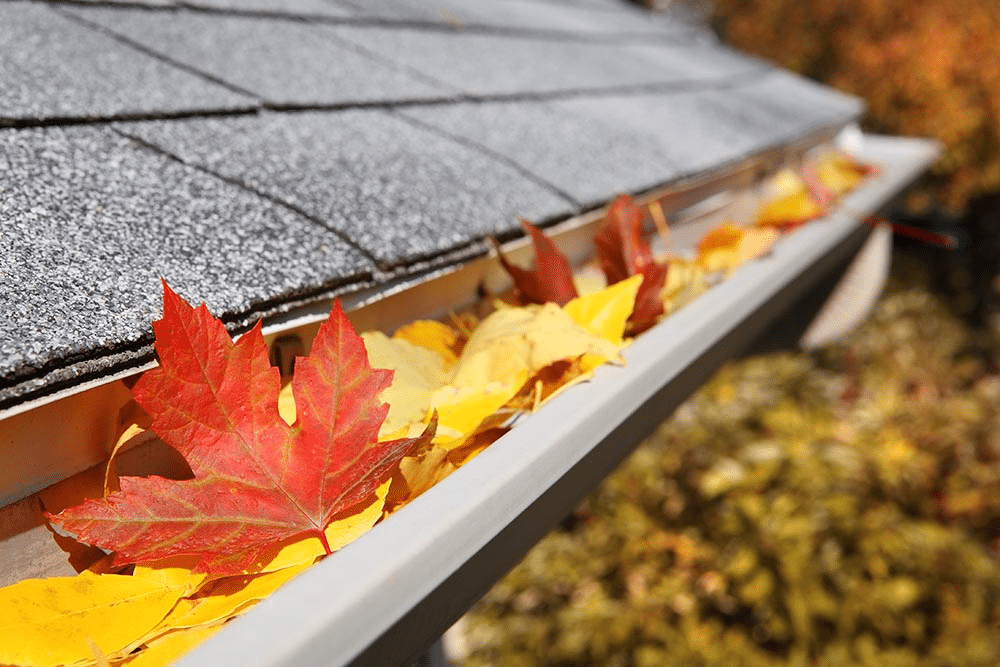The Complete Guide to Renovating a Farmhouse
Old farmhouses have a unique and romantic charm. They are symbols of rural heritage and a simpler time. But before you jump into your ‘farmhouse-core’ era, there are things you must know about renovating a farmhouse.
This guide will explore key steps to take when remodeling, helping you minimize stress and money loss associated with fixer-uppers.
1. Check the Current State of the Farmhouse
The first step in renovating a farmhouse is assessing its current state. That way, you have a rough idea of how much the renovation will cost.
Don’t start ripping the structure apart without conducting research first. For one, historic structures have building materials we now consider health hazards, such as asbestos and lead paint. Secondly, there could be hidden charms you may want to keep. For example, beneath the linoleum flooring could be plank wood.
Start by inspecting the structural integrity of the farmhouse– walls, foundation, roof – for potential issues. For instance, uneven floors and cracks in the interior and exterior walls point to foundation problems.

Notice the cracks not just in the concrete covering but also in the brick wall underneath.
Speaking of hidden charms, old farmhouses may have sturdy exteriors, but that doesn’t mean it’s the same on the inside. Plumbing and electrical systems will need to be replaced or upgraded.
The wood flooring you discovered under the linoleum may be aesthetically pleasing, but it has aged. You want to check if it’s in good shape or needs replacing.
Original farmhouse windows are single-paned, i.e., a single layer of glass. While this makes them affordable and easy to install, they offer poor insulation in extreme weather. They also break easily and are vulnerable to condensation. You will need a replacement window contractor to install double or triple panes and avoid freezing to death during the winter.
Work with an inspection expert. They provide valuable industry insight, spot actual and potential hazards, and ensure legal and regulatory compliance, especially for houses with historic value or designations.
2. Plan New Farmhouse Design
Once you have a clear idea of what you’re working with, you can plan the design of the farmhouse.
Develop a design brief. It is a dynamic document that outlines the requirements of your renovation project. It includes:
- An Overview – a summary of the project
- Project Scope – the features and functions of the project
- Goals – expectations and priorities
- Budget – estimated material and labor costs
- Timeline – estimated completion time
This design brief includes sections for lifestyle and sustainability requirements.
Don’t be afraid to provide detailed information in your design brief. Sketches, sample catalogs, and Pinterest boards give contractors and designers a clear picture of what to achieve.
The design brief will also help you when applying for building permits. Each city has its rules, so be sure to research the building regulations in your area.
3. Remodel Farmhouse
Renovate your farmhouse in order. Start with the core structure. You want to address foundation problems like sinking, bowing, and deterioration. Next, tackle electrical and plumbing system upgrades. Outdated home systems can’t keep up with the electronic and water demands of modern living, like the internet or washing machines. Finally, prioritize high-traffic rooms like the kitchen, bathrooms, and living room.
When remodeling, do so authentically. Renovating a farmhouse can be expensive, and there’s the temptation to cut corners with cheaper modern materials. However, if you’re going through the trouble of renovation (as opposed to buying a new house), you’re probably interested in preserving its historical value. So, use, as much as possible, the same materials.

Moreover, renovations of historically designated buildings require the same materials and techniques as the original house. An example is shiplap.
These wooden boards fit together with rabbet grooves, creating a waterproof seal.
4. Ensure Energy Efficiency
You’ve already spent money renovating a farmhouse, so you shouldn’t have to waste more by living there.
Enhance energy efficiency and lower utility bills. For this, start by upgrading your insulation. Heating and cooling represent the largest share of energy consumption. Poor insulation transfers heat between the inside and outside of the house at high rates. In other words, your house gains heat in the summer and loses heat in the winter – the opposite of what you want.
Fortunately, you can detect deficient insulation using thermal imaging cameras. Once detected, you can seal these air leaks with weatherstripping and caulking.

Caulk is a flexible material used to fill gaps between static building components. For mobile elements, use weatherstripping.
Another way to make your farmhouse remodel energy efficient is by upgrading to LED lighting. LED lights are more energy efficient than fluorescent and incandescent lights. They consume less energy, last longer, and emit more light than their cheaper counterparts. Furthermore, LEDs don’t contain toxic materials like mercury, making disposal more environmentally friendly.
Challenges and Issues
The road to your dream homestead house isn’t smooth. You’ll experience a couple of bumps along the way. So, it is best to prepare for the challenges you might face.
Budget Constraints. Farmhouse remodels will cost more than you think. Unforeseen expenses such as price changes or hidden problems (water damage, foundation problems) discovered during demolition can quickly inflate your budget. Mitigate these unexpected costs by creating a contingency fund of 10%-15% of your budget. Also, track spending so you can spot money pits early.
Timeline Pressures. Remodeling will take more time than you think. Delays are inevitable. You can’t control the weather or availability of building materials. However, you can minimize downtime with effective planning. Work with your contractor to create a realistic timeline and track your schedule to assess progress and manage disruptions.
Regulation Compliance. Navigating building and zoning codes can be daunting. There are multiple forms to fill out, and the approval process takes weeks. Failure to comply with legal regulations results in delays, fines, or renovation shutdowns. Working with an experienced contractor or design team helps you avoid these complications, ensuring the required paperwork is in order before work begins.
Form vs Function. Balancing farmhouse style and functionality can be challenging. Many of our modern comforts don’t match the character of your farmhouse. Moreover, sustainability is a requirement for many homeowners. Strike the perfect balance by choosing appliances that complement the home’s aesthetic while emphasizing rustic details.
Conclusion
Home renovation projects are exciting and rewarding. However, they are also challenging and stressful, and no one tells you how to prepare yourself properly.
We walked you through the four steps to renovating a farmhouse. First and foremost, you must assess the current state of the building to know what you’re working with. Then, create a design plan outlining project requirements. Then, start remodeling!
Although you’ll face common challenges, we shared ways to overcome them. There’s no such thing as a stress-free renovation project. However, the process can be less intimidating when you’re prepared. Good luck!







